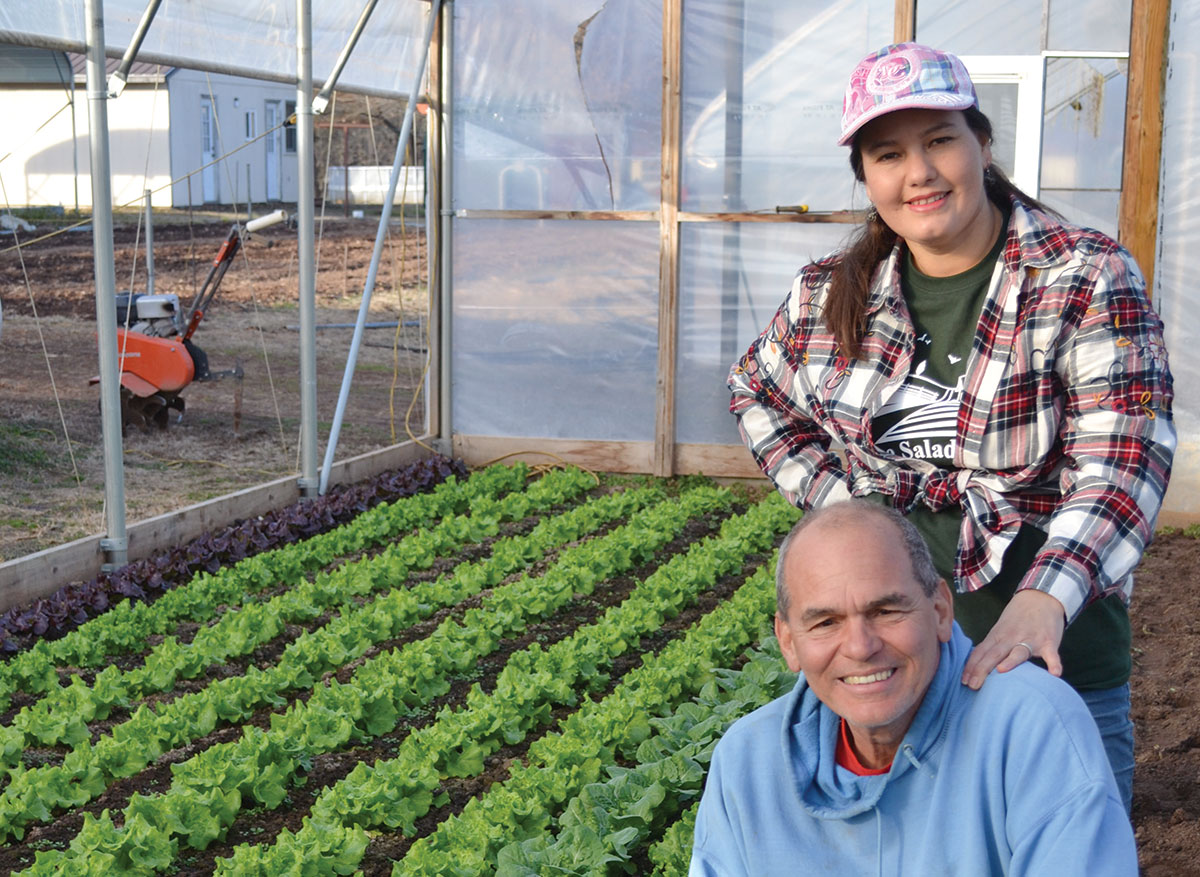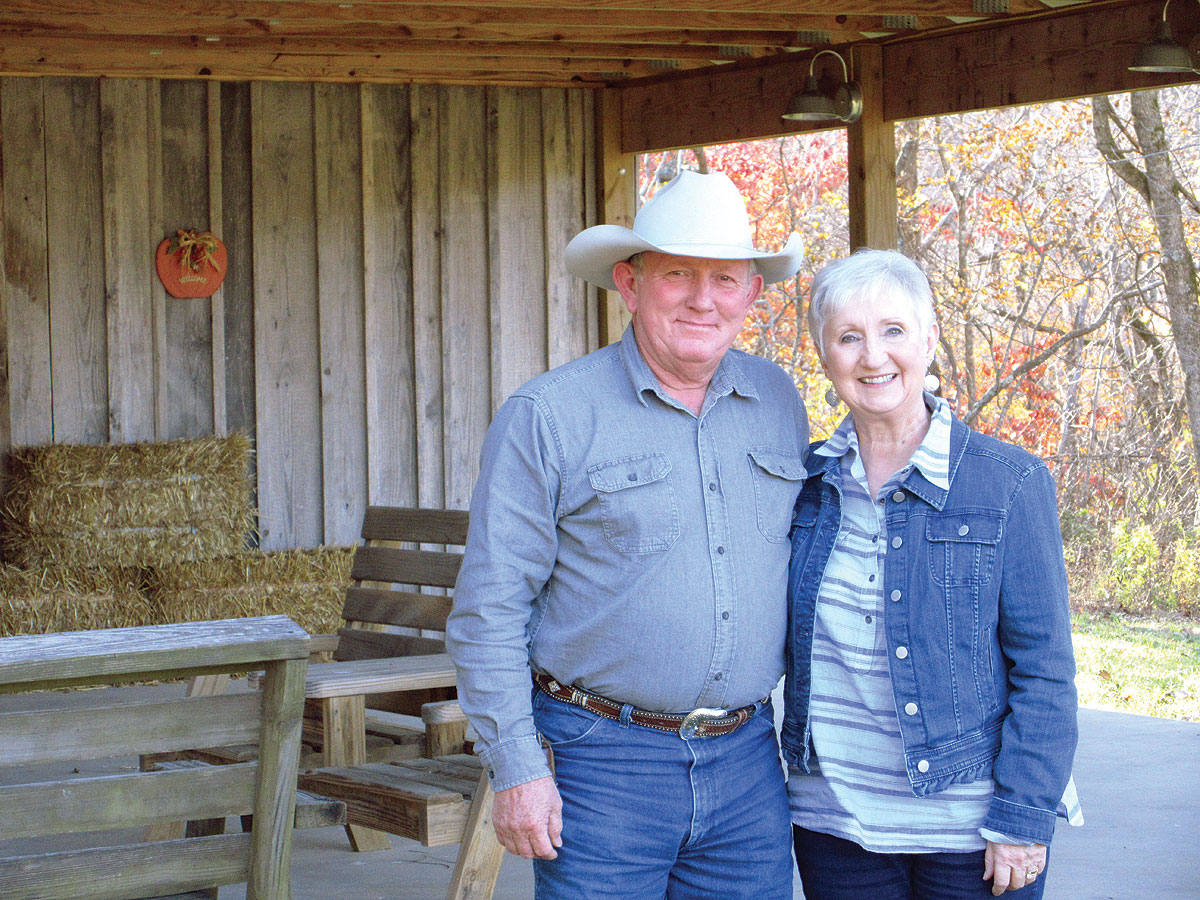
According to Jim Vavruska, “Yes dear. That’s the key to staying married for 50 years.” Jim and his wife, Pat, own a 142-acre dairy farm 4 miles west of Rader, Mo. The couple has been married for over 50 years and they’ve milked cows just as long. If you do the math, the Vavruskas have made over 36,500 trips to the milk barn, and it’s all coming to an end when spring arrives. Four years ago, the couple sold their Holstein bull and bought a registered Angus bull. The result, a very slow transition to a stock-cow operation that has narrowed their herd of Holsteins down to 14 milking cows and 6 dry, in preparation for their retirement. In addition to their dairy cows, the pair has built up a herd of about 50 stock cows through their method of transition.
Jim got his start in the dairy industry by raising heifers for James Herold Vestal in return for bull calves. Jim sold the calves he had accumulated in 1961, his senior year of high school, and bought 4 Holstein cows. “I hand-milked them and sold to Kraft in Marshfield, Mo.,” recalled Jim, “and four may not sound like many, but it sure seemed like a lot.” Jim and Pat have achieved success through their tedious and careful outlook on money. In order to build up their herd, Jim would borrow the money from the bank one or two cows at a time, and when that cow paid for herself, they’d borrow a little more, rather than borrowing the money for 60 supreme Holsteins all at once. “Whenever you start from scratch and don’t end up in debt, it’s a struggle,” said Pat.
In his younger days, Jim also worked at a steel plant in Marshfield, leaving most of the morning responsibilities on the farm to Pat and their five children: Kim, Kathy, Karie, Karla, and Michael. “Pat and the girls did most of the milking in the morning while I was working up in town,” said Jim, “We were milking about 65 cows back then.”
Jim and Pat feed 16 percent Noble Hudson pellets in the barn, along with free choice of alfalfa/clover-mix hay in the pasture. They also implement the practice of rotational grazing their milk cows during the summer. Their pastures are fertilized every year with cow manure, as well as turkey and chicken litter. The couple maintains their 160,000 somatic cell count average by primarily using automatic waterers, although there is one pond that the cows can drink from. “It’s fenced off where they can’t get into it, only drink from it,” said Jim.
To the naked eye, the Vavruska Farm seems no different than any other southern Missouri dairy, there’s one major difference however – the way it operates. The dairy industry has changed immensely over the years, but Jim and Pat’s operation has not; it’s as simple of a setup as one will ever find. “My equipment’s kind of like me; it’s old, but it’s got a lot of good hours left in it,” joked Jim. The duo milks in a flat-barn, three cows at a time, very similar to the technique they began 50 years ago. They’ve never upgraded to a stand up parlor, nor do they own automatic takeoffs. “Don’t have champagne taste on a beer budget,” advised Pat. “We never could justify borrowing the money to build a $75,000 barn when we get paid the same money for our milk in this old barn,” Jim added.
Life hasn’t always been easy for Jim and Pat, but this is a model couple that’s not only stood the test of time, but kept their word to one another when saying “through thick and through thin.” Their original house on the farm burnt in 1993, leaving the family with nothing but ashes and a few saved artifacts, mostly from the downstairs. “Standing out in the yard watching that front door fall in, the one that I’d worked so hard to buy, had to be one of the hardest things I’ve ever been through,” recalled Pat. Through everything though, the two veteran dairy farmers have stood together in serving the dairy industry. Pat said, “Things happen for a reason, I truly believe in that.” Jim added, “It was rough, a lot of times pickins’ were slim, but we knew where we wanted to go, and we’re there.”







